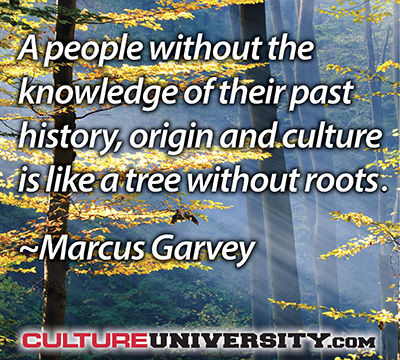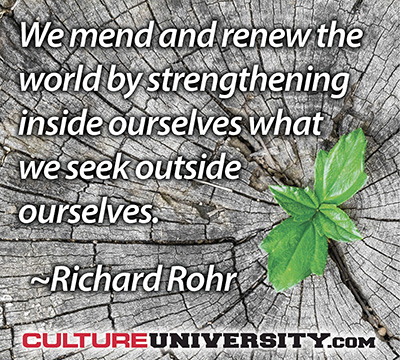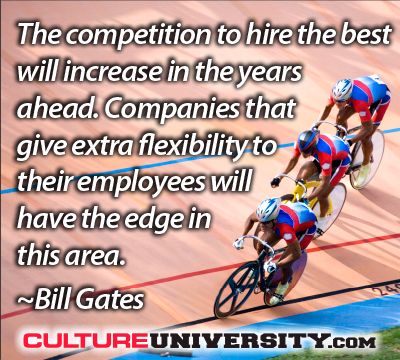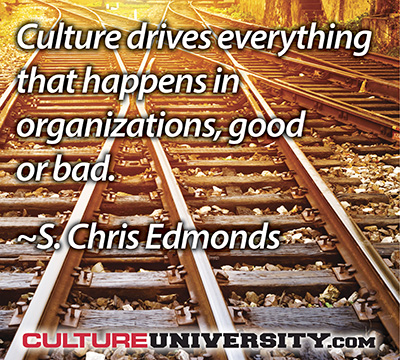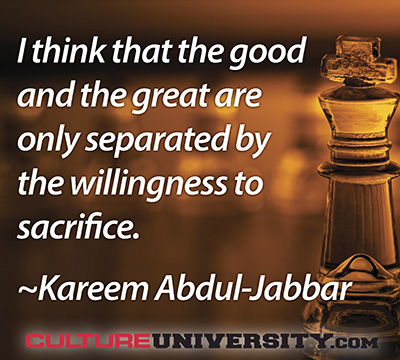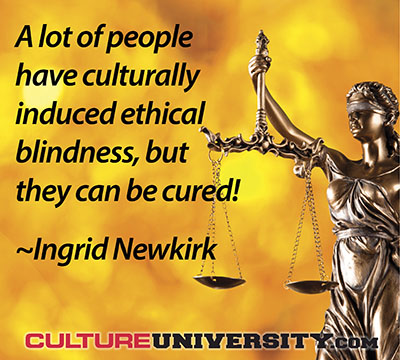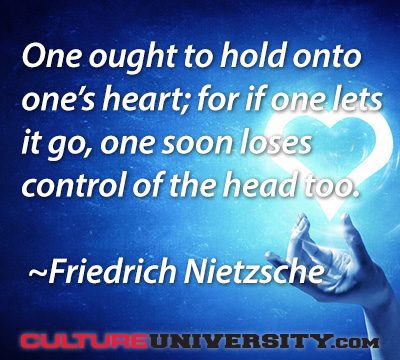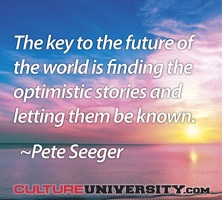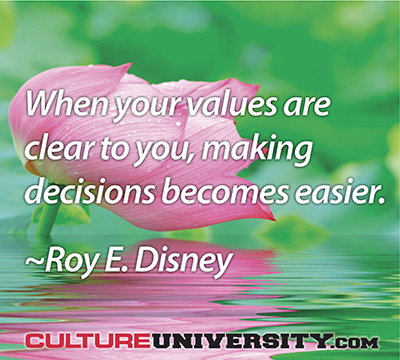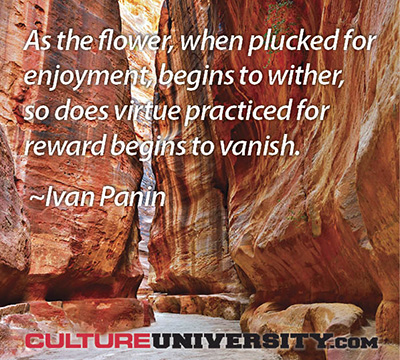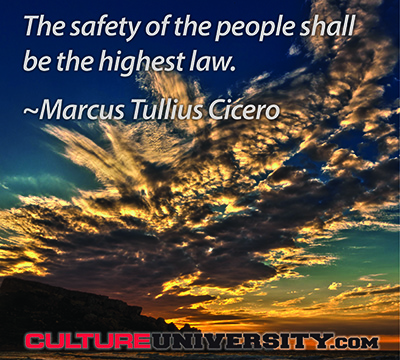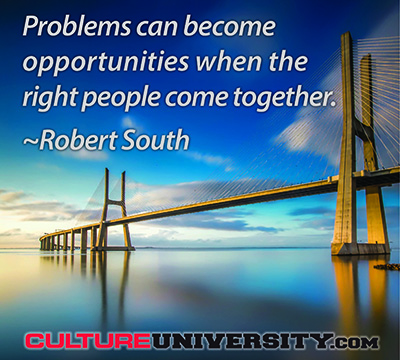The topic of values is gaining more and more attention on a number of levels: organizational, personal, community, societal, political. At an organizational level, the values define what the organization stands for and how it is seen and experienced by customers and other stakeholders (employees, service partners, suppliers and communities). Values act as guiding principles – as a behavioural and decision-making compass. If these values are not embraced and displayed by everybody representing the organization, there is a likelihood that customers will, at best, be confused and at worst, not trust what is being communicated through “official channels.” In today’s super connected, transparent world, the value of values is greater than ever before – workplace culture is at the hub. This article provides an insight into the culture journey of the UK’s leading independent protection insurance adviser, LifeSearch.


